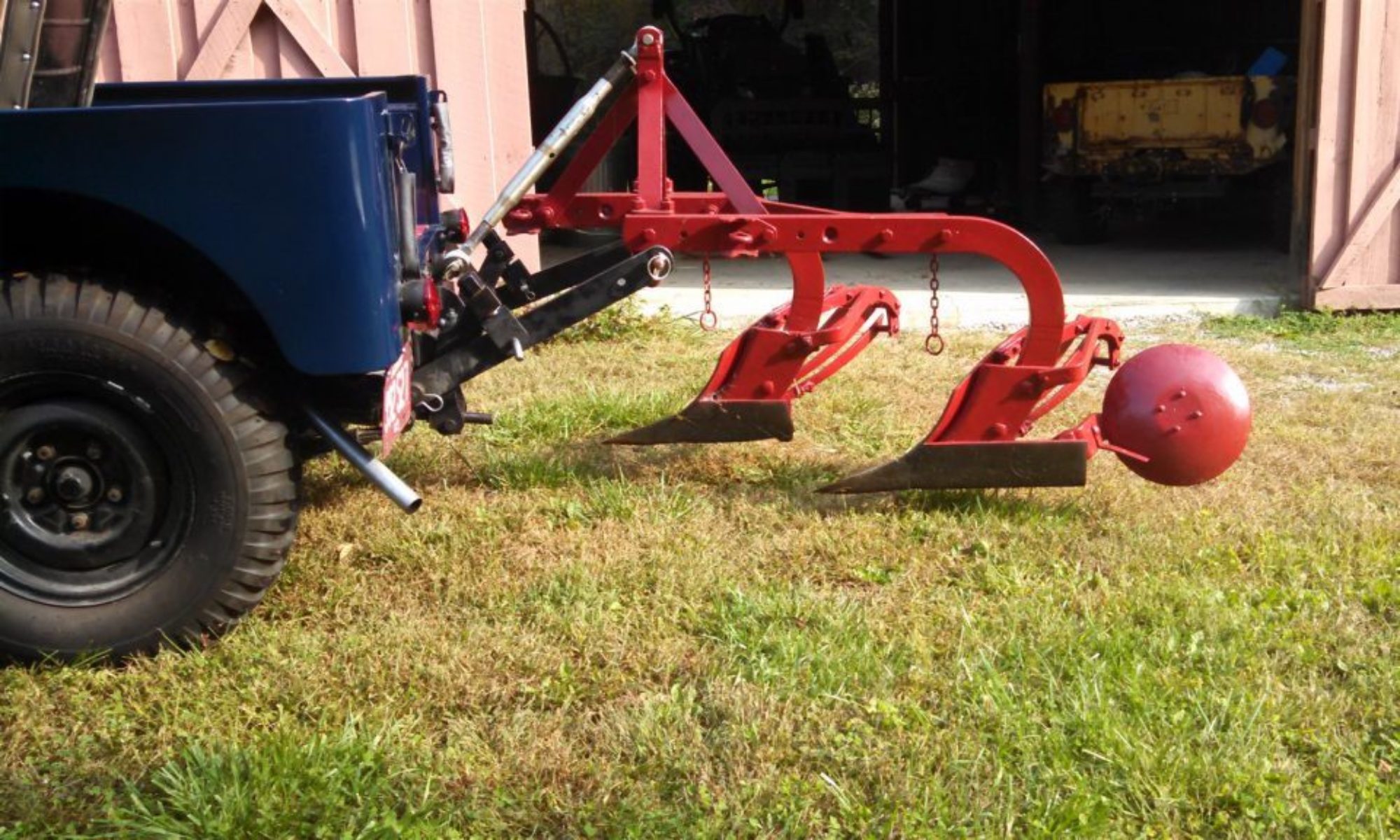The new engines have settled in to their new home. Barry had started the “stand” engine, just to hear it run again. Evan and Barry discussed what they would like to do if they make the engine swap. The first issue is to find another 3a faceplate or face (no pun intended) taking the fronts off of both engines. So another shopping opportunity.
Removing the engine means taking things apart again. While a necessary evil, it will be an opportunity to correct/change a couple of the things we did the first time around. A good example is the location of the wiring harness through the firewall. Where installed, it blocks what should be the exit point of the governor control cable. There will also be the opportunity to examine the clutch installation. There is a noise when the clutch pedal is pressed that neither Barry or Evan have heard from another jeep. It may be a throwout bearing issue.
It has been years since the first motor was installed and that was without the body in place. So there will be new tricks to discover and the need for lots of documentation to make sure it all gets back together. Stay tuned for the adventure.
Meanwhile back in the garage, Barry has been researching the origins of both motors. With the help of the great folks on the CJ2a page forum (especially Sean), the stand motor has been identified as an MB (military) engine built in mid-April, 1945. Where it had been (and what vehicle it might have install in) remains unanswered.
But if the “stand” engine has secrets, the “box” engine is a true mystery. It started out as, most likely, as an MB engine with a chain timing system. Casting numbers and the assembled date of 6-21-45 mean it would not have had timing gears. Unless it was an experimental engine. A modification was made to the block and a section of cast iron was sewn into the section above the cam shaft.
After several exchanges of notes and pictures, Sean posted the following note –
- Trucks weren’t made ’til ’47, much beyond the known, documented buy-back time period (though it is still possible)
- The top “bar” isn’t wide enough for a “T”, but is for a “J”, such as on this buy-back

(You can read the complete article at http://www.thecj2apage.com/forums/2-motors-to-id_topic21610.html )


The Info in the blog is out of this world, I so want to read more.
Brisbane dealer